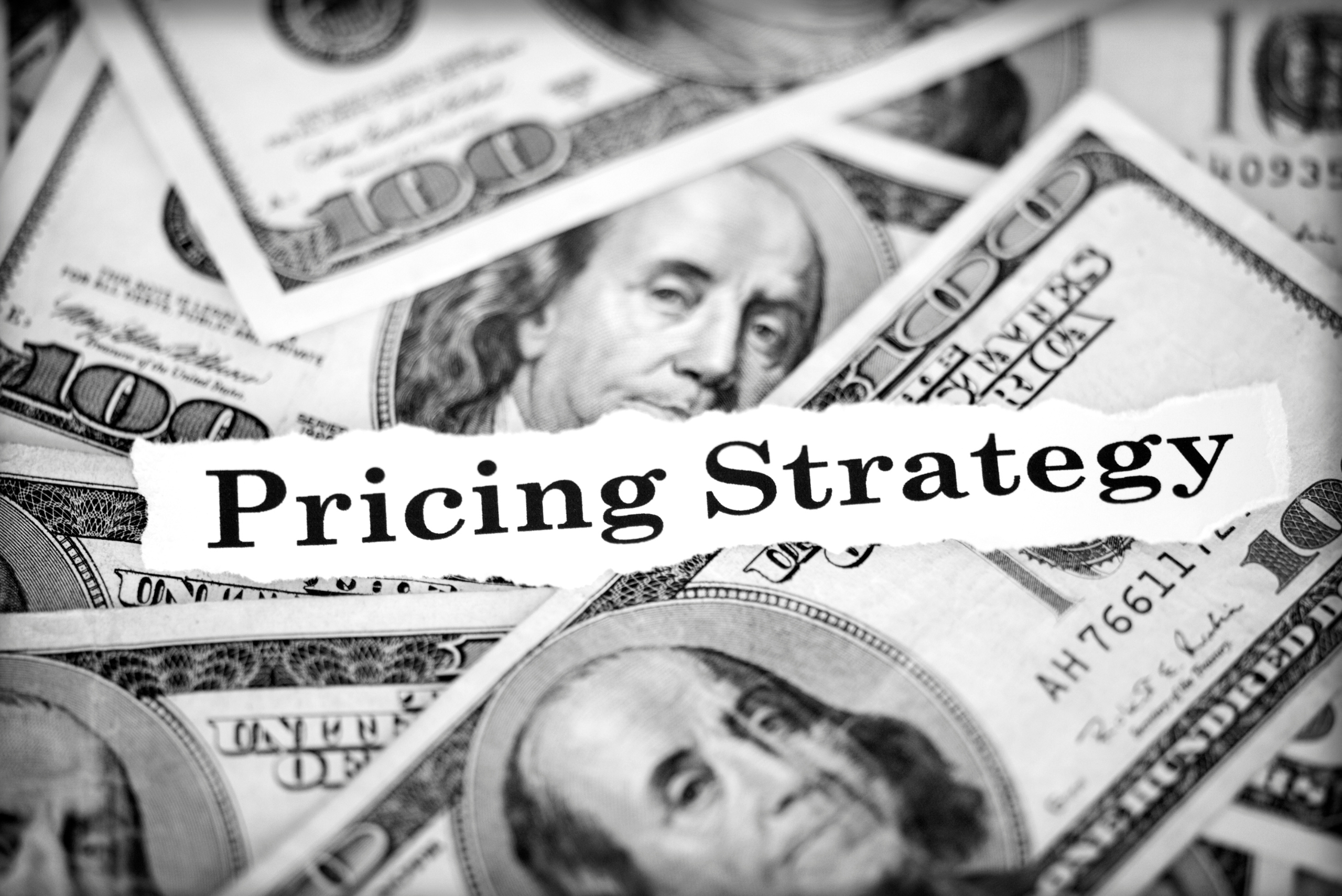You’ve got a killer product or service with a proven product-market fit and now you need to come up with pricing! Many entrepreneurs struggle with this piece of operating a business, so today we’re diving into pricing methods for your products and services.
Why is setting your pricing tough?
There are many reasons pricing your products and services can feel challenging.
For starters, many new entrepreneurs struggle to see their value and/or don’t want to turn customers away with pricing they “feel” is too high. This leads to setting prices too low and ultimately not being able to cover costs, enjoy a liveable wage or grow the business.
Whereas seasoned entrepreneurs often find themselves conflicted over price increases to cover costs and/or grow their business. Increasing your prices isn’t easy, but not doing so can lead to reduction in profit margin, inability to grow, and limit the financial resources available to improve, update, etc. your business.
Pricing Methods
There are tons of methods you can use to figure out pricing, but here are three of the most common to consider:
- Value-based pricing
- Competitor-based pricing
- Cost-plus pricing
Value-Based Pricing
Value-based pricing is based on the perceived worth a product or service has to the target customer. Instead of looking strictly at your costs or competition, you look to your customer base for insight on pricing.
This type of pricing can be great for many businesses, but it involves a lot of research. So if you go this route, be sure to invest adequate time and resources in understanding the price your ideal customer is willing to pay.
Competitor-based Pricing
Competitor-based pricing simply looks at the pricing structure of your competitors so you can determine the current price the market is willing to bear. You aren’t looking at customer research, you’re using competitor analysis.
Competitor-based pricing is an easy, low risk way to set pricing, but remember it doesn’t consider other factors and puts pricing in the hands of competitors.
Cost-Plus pricing
Cost-plus pricing is very straightforward in that it bases your pricing on the cost of production plus your desired profit margin.
This type of pricing is super easy to calculate and ensures you are covering your costs, but it neglects considering customer value and competitor research.
More Pricing Methods
Again the pricing methods above are just 3 of many. Check out “The Ultimate Guide to Pricing Strategies” on Hubspot.com to see more methods, strategies, and information.
Creating Your Pricing Strategy
Let’s go over 5 simple steps to create an effective pricing strategy according to Hubspot.com.
#1: Evaluate Potential
This is the approximate pricing your business can achieve in regards to cost, demand, competition, demographics and more. Do some research and run the numbers to get a baseline price to start with.
#2: Determine Buyer Personas
You have to price your product or service so your ideal customer will buy it. You need to know your customer and their lifetime value, willingness to pay and pain points. This is where customer interviews are key!
#3: Analyze data
As with anything in business, you need to constantly be reviewing your historical data. Look at your previous pricing strategies to see what worked and didn’t work.
#4: Balance Value and goals
You need your price to be positive to your bottom line and your customer. You can’t just price your product every potential customer will buy, you need to consider your costs and profit as well.
#5: Look at Competitors
As we mentioned above, you need to conduct research on your competitors to determine pricing. While this doesn’t need to be your sole method, you need to have a clear understanding of the current market.
Metrics to Consider for Pricing
Your pricing strategy shouldn’t be random. As you create your pricing strategy using the tips above you need to analyze certain metrics to ensure your pricing makes sense for your business and goals. Here’s the five metrics to consider:
Fixed Costs
Be sure to consider the fixed costs involved in operating your business. You need to make sure your pricing allows you to cover these expenses.
Variable Costs
From material costs to paid marketing campaigns, your pricing needs to reflect the variable costs involved in running and advertising your business.
Consumer Surplus
This is the difference between what the customer is willing to pay and what they are actually paying. Customers often pay less than they are willing to, so be sure your pricing isn’t leaving money on the table.
Market Demand
Market trends change and that means sometimes your pricing has to change too. Be sure you stay on top of what’s going on in your industry and make adjustments as necessary.
Cost of Goods Sold
The cost to create your product or deliver your service must be covered in your pricing.
Putting it all together
Pricing is unique to each business. As you go through the process of figuring out your pricing before launch or when making pricing changes at various points once you’re operating, consider all the tips we went through above.
If you’re struggling to nail down pricing, just book a business coaching session! We can help you review your costs, give you direction on customer and competitor research and support you in finding the best pricing method to reach your goals.


